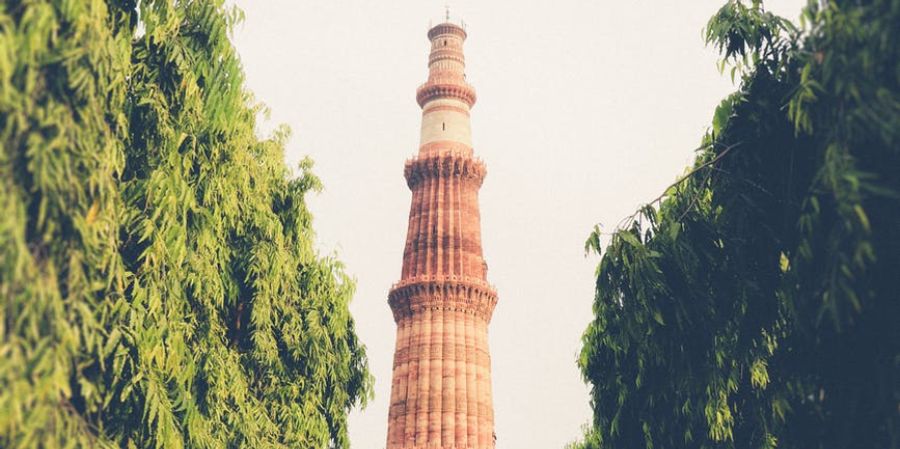

Qutub Minar is located on the Arabian
Marg Mohali in South Delhi. It is a
famous magnificent structure made of
red sandstone. It is the second-highest
tower in India, which is more than 800
years old. The construction of this tower
was started in 1192 by Qutb-uddin-Aibak
(known as the first most successful
Muslim ruler who built this Islamic
dynasty in India). It is believed that this
tower was built as a symbol of
defeating the Rajputs in India. The work
of this tower was completed by one of
its successors, Iltutmish.
Who built the Qutub Minar?
The construction of Qutub Minar started
in the 12th century by Qutubuddin Aibak,
the ruler of the Ghulam dynasty. But this
tower could not be completed during his
reign, due to which his successor
Iltutmish completed the construction of
Qutub Minar.
Structure of Qutab Minar
Qutub Minar is made of red stones. In
which the Quranic verses on the stones
planted and Muhammad Ghori and
Qutubuddin have been praised. The
diameter of the base of the Qutub Minar
is 14.3 meters and the diameter of the
top is 2.7 meters. It has 379 stairs. Its
construction began in 1193 by Qutub
uddin-Aibak, however, it was completed
by a successor named Iltutmish. Its fifth
and last floor was built in 1368 by Firaj
Shah Tughlaq. Around the compound of
Qutub Minar are the ruins of several
other ancient and medieval structures.
Qutub Minar is a tourist destination
It is a splendid specimen of Mughal
establishment art and is famous as a
tourist destination in India. It attracts
millions of tourists, especially students
every year. It is included in UNESCO
World Heritage. In ancient times, Qutb
uddin Aibak came to India and fought
with the Rajputs and was successful in
defeating them.
To commemorate the success of his
victory over the Rajputs, he ordered the
construction of this wonderful tower. Its
construction ended in many centuries,
however, from time to time, some
changes were made to its construction
(the last change was done by Sikandar
Lodi). Originally, it was first only one
storey high and later floors added more
floors by it.
Its base diameter is 14.3 meters and the
top diameter is 7.3 meters. It is 73
meters long, with 379 steps. It is
believed that it was of seven floors,
however, the upper two floors fell in the
earthquake. Some other unique
structures, such as Alai-Darwaza,
Iltutmish's Tomb, two mosques, etc.
increase its charm as it is around the
tower. It is built in the Indo-Islamic
setting style.
Conclusion
Specimens of the object style of Aibak
and Tughlaq period can be seen on this
tower, red sandstone has been used in
the construction of this tower which
enhances its beauty and on it the art of
flower leaves in addition to Quranic
verses Sample of Qutub Minar is 73
meters long, which is built in Indo
Islamic style. It has been added to the
World Heritage by UNESCO.
